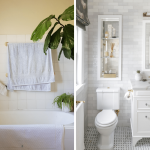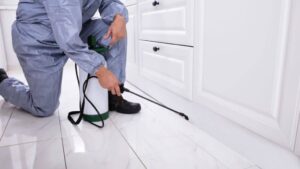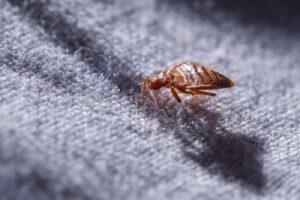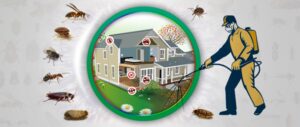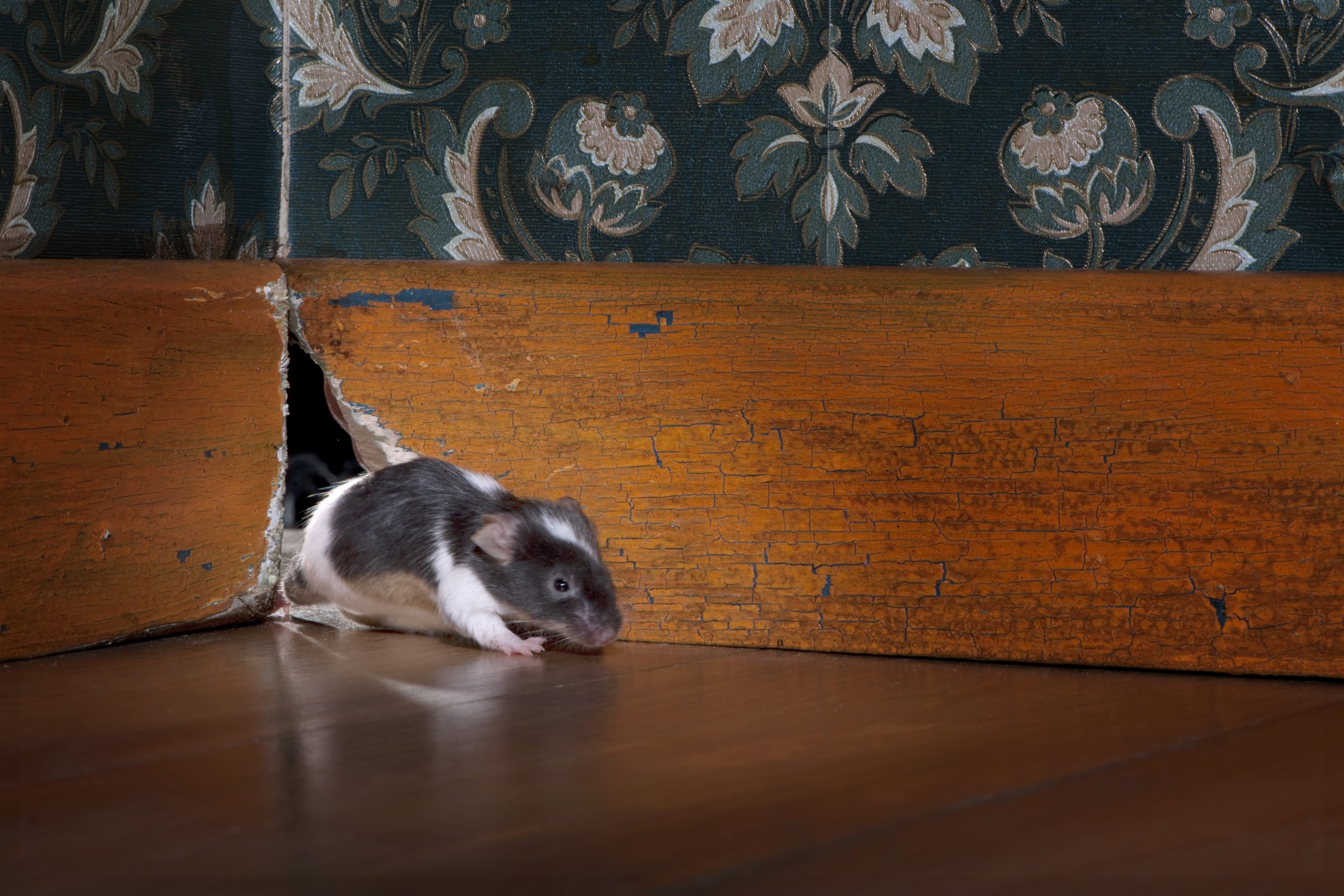
Unwelcome visitors in any home, mice can cause significant damage by gnawing on furniture and electrical wires. Even more concerning, their droppings can harbour harmful bacteria. But fear not! We’ll discuss the ways mice infiltrate your space and equip you with practical strategies to prevent future infestations.
By understanding how mice gain access, you can effectively seal off potential entry points and create a mouse-free property. This not only protects your belongings but also safeguards your family’s health.
Entry Points
Mice are good at getting in through a small opening, so let them in through several entrance marks into your house. Gaps and cracks on doors and windows, pipes and vents, damage to the facade or roof, and spaces around the garage door are common entry scores. Mice may also use openings in the foundation, cellar, and attic vents for entry.
By carrying out a thorough inspection of the outside of the house, you can identify the potential entrances and take a step towards closing them successfully. Also, consider installing a door sweep and weather detention to prevent the mouse from entering spaces around the door and windows.
Climbing and Jumping Abilities
Mice are skilled climbers and jumpers, so they can access elevated entry points. They may climb vertical surfaces such as the wall, the side, and the utility line with ease and access to the upper floors of your house. Mice can also jump several inches vertically and horizontally up to a foot, allowing them to get onto a higher surface or exploit holes in external walls.
Understanding the mouse’s ability to climb and jump is essential for securing entry points and stopping access to the inside of your house. To prevent a mouse from entering the house, trim branches and plants, which allow access to the roof and upper floors. Also, seal all openings in the exterior walls or eaves to prevent mice from entering your space.
Infestation Sources
A mouse can also get into your house through infestation sources such as overgrown vegetation, wood piles, and accumulated waste. Dense plants protect the mice when they come closer to your home and possibly harbour bugs or other pests that attract rodents. Wood piles and congested areas create an attractive environment for infestation.
However, you can reduce the potential hiding places and prevent mice from entering your house by maintaining a tidy and well-kept garden. Also, keep firewood and outdoor items away from your home’s perimeter- keep them off the ground to reduce hiding areas for pests.
Human Activity
Human activities may unknowingly open the door to your home to unwanted visitors. Leaving windows and doors open, particularly during the warm months, allows a rodent to find shelter or food more easily. Similarly, openings in weather stripping, along with door sweeps, can create a freeway for uninvited mice to make their way inside.
Moreover, bringing in items from the outside, such as firewood or outdoor furniture, can easily bring mice or their nesting materials into your house without any trouble.
First-rate habits, such as closing doors and windows tightly and checking items before bringing them inside, can reduce the risk of rodents gaining access to your space. Furthermore, systematically checking and maintaining the food condition of the external doors and windows can help prevent pests from entering your house using these common points of entry.
Structural Vulnerabilities
With weak points such as holes letting the pests inside, your home itself can contribute to mice infestation. Foundation cracks, siding gaps and a roof in a state of disrepair are the perfect entry points for rodents looking for shelter from cold temperatures. Electrical wiring, plumbing pipes and insulation materials can all serve as nesting materials for mice.
To stave off a pest infestation in your abode, you must address structural weaknesses. Make sure your home’s exterior is not in a state of despair; look outside for their small holes to be made and repair them so that they cannot access inside.
Sewer and Drain Access
A mouse may have access to the house in the urban environment via sewerage and drainage systems. Sewerage, floor drains, and utility access grades offer a convenient pathway for rodents. Mice are able to move using sewer lines and drainage systems, reaching the basement, crawl space or internal space via an open drain or damaged pipe. Therefore, installing drain screens and seals around the drain openings in your home can help prevent pests from accessing your property by means of a sewer and drain system.
Regularly checking and maintaining your abode’s drainage system can help identify and manage potential entry points, thereby reducing the vulnerability to infestations that originate in sewers and drains.
Pet Doors and Openings
These openings are often overlooked as possible entrance points for pests. However, pet doors make it easy for pets to get in and out of the house. But they may also serve as entry points for rodents, particularly if they are not properly sealed or procured.
Mice are easy to squash through a pet door, particularly if they’re large enough to accommodate a small animal like a cat or small dog. To prevent a mouse from using the pet door as an entry point, install a secure locking mechanism or an adjustable flap that only allows access to your pet. Furthermore, ensure that the area next to your pet door is sealed tightly to prevent any gaps that a mouse might use to get into your house.
Roof and Attic Access
If not properly sealed, roof and attic space provide great opportunities for rodents to gain access to your house. Mice can use vents on the roof, soffit, and attic to get into your house. Moreover, damaged or missing tiles can give access to rodents looking for shelter and nesting sites.
To avoid this, check your roof and attic regularly for signs of damage or deterioration. Inspect for loose or missing tiles, damaged vents, or holes in the roof structure. Seal all openings with the appropriate substances to prevent mice from entering your house through these defenceless areas. Furthermore, install wire mesh or a rodent-proof vent cover to prevent pests from entering the attic opening and roof vents.
Conclusion
In order to prevent vermin from accessing your house, you need comprehensive mice control. It is necessary to employ an inclusive technique that deals simultaneously with the potential entry holes inside and outside your house. You can reduce the risk of infestation and protect your home from such unwelcome visitors by understanding the numerous ways in which a mouse can enter your space and taking appropriate preventive measures.
For the detection and elimination of vulnerabilities that a mouse may use in order to gain entry, regular inspection, maintenance, and repair are essential.
Sealing off entry points, maintaining a clean and uncluttered environment, and extinguishing the sources of food and shelter can successfully prevent mice infestation and ensure a pest-free environment for you and your family.

